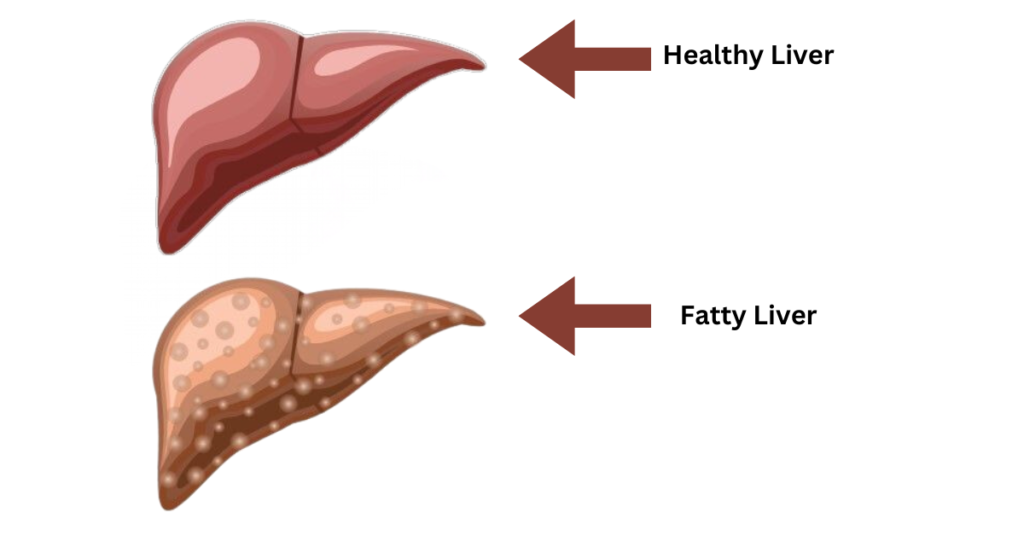Understanding Fatty Liver: Causes, Symptoms, and Management
Fatty liver, also known as hepatic steatosis, occurs when excess fat builds up in the liver. While it’s normal for the liver to contain a small amount of fat, when fat accounts for more than 5-10% of the liver’s weight, it leads to fatty liver disease. This condition is becoming increasingly common, affecting people of all ages and backgrounds. Although often asymptomatic, fatty liver can lead to more serious liver conditions if left unmanaged.
Causes of Fatty Liver
1. Obesity: Being overweight or obese significantly increases the risk of fat accumulating in the liver.
2. Type 2 Diabetes: People with insulin resistance or diabetes are more prone to fatty liver.
3. High Cholesterol: Elevated cholesterol and triglycerides levels in the blood can lead to fat deposits in the liver.
4. Alcohol Consumption: Excessive alcohol intake is one of the primary causes of alcoholic fatty liver disease.
5. Poor Diet: Diets high in sugars, refined carbohydrates, and unhealthy fats contribute to fat buildup.
6. Genetics: A family history of liver disease or obesity can make some individuals more susceptible.

Symptoms of Fatty Liver
One of the challenges in diagnosing fatty liver is the lack of early symptoms. Most people with fatty liver disease don’t experience any noticeable signs. However, as the condition progresses, some may experience :
- Fatigue
- Abdominal pain or discomfort (typically in the upper right side)
- Unexplained weight loss
- Weakness
In more severe cases, fatty liver can lead to inflammation, causing liver scarring (fibrosis) and, eventually, cirrhosis, which is a permanent liver damage that impairs liver function.
There are two primary types of fatty liver disease:
NonAlcoholic Fatty Liver Disease (NAFLD): This type occurs in people who consume little or no alcohol. It’s more commonly associated with obesity, diabetes, and metabolic syndrome.
Alcoholic Fatty Liver Disease (AFLD): Caused by heavy alcohol consumption, this type is reversible if alcohol intake is reduced or stopped.

Managing Fatty Liver
Although there is no specific medication to treat fatty liver, lifestyle changes can help reverse or manage the condition:
Weight Loss: Gradual weight reduction through a balanced diet and regular exercise can reduce liver fat.
Healthy Diet: Focus on a diet rich in fruits, vegetables, whole grains, and lean proteins. Avoid sugary and fried foods.
Exercise Regularly: Aim for at least 30 minutes of moderate exercise most days of the week.
Limit Alcohol: For those with alcoholic fatty liver, reducing or eliminating alcohol is crucial.
Monitor Blood Sugar and Cholesterol: Keeping these levels in check can reduce fat buildup in the liver.
Conclusion
Fatty liver disease is often silent, but if left unmanaged, it can lead to more serious liver conditions. By making positive lifestyle changes, such as maintaining a healthy weight, eating a balanced diet, and avoiding excess alcohol, you can protect your liver and improve your overall health.


It was a short and informative post..keep it up sir
It is really nice and informative
Thank you for your appreciation.